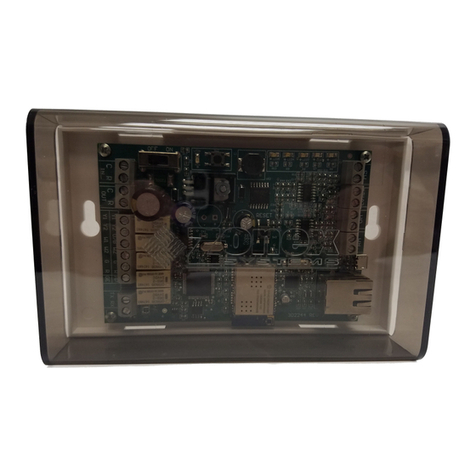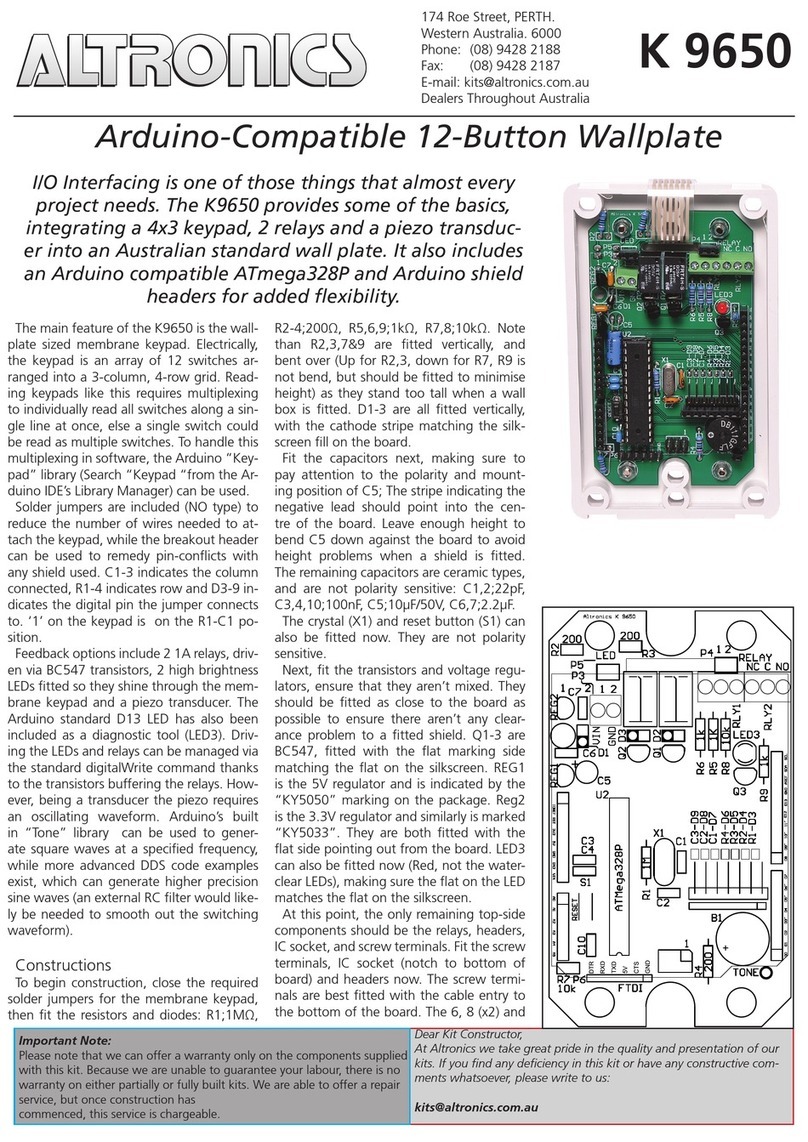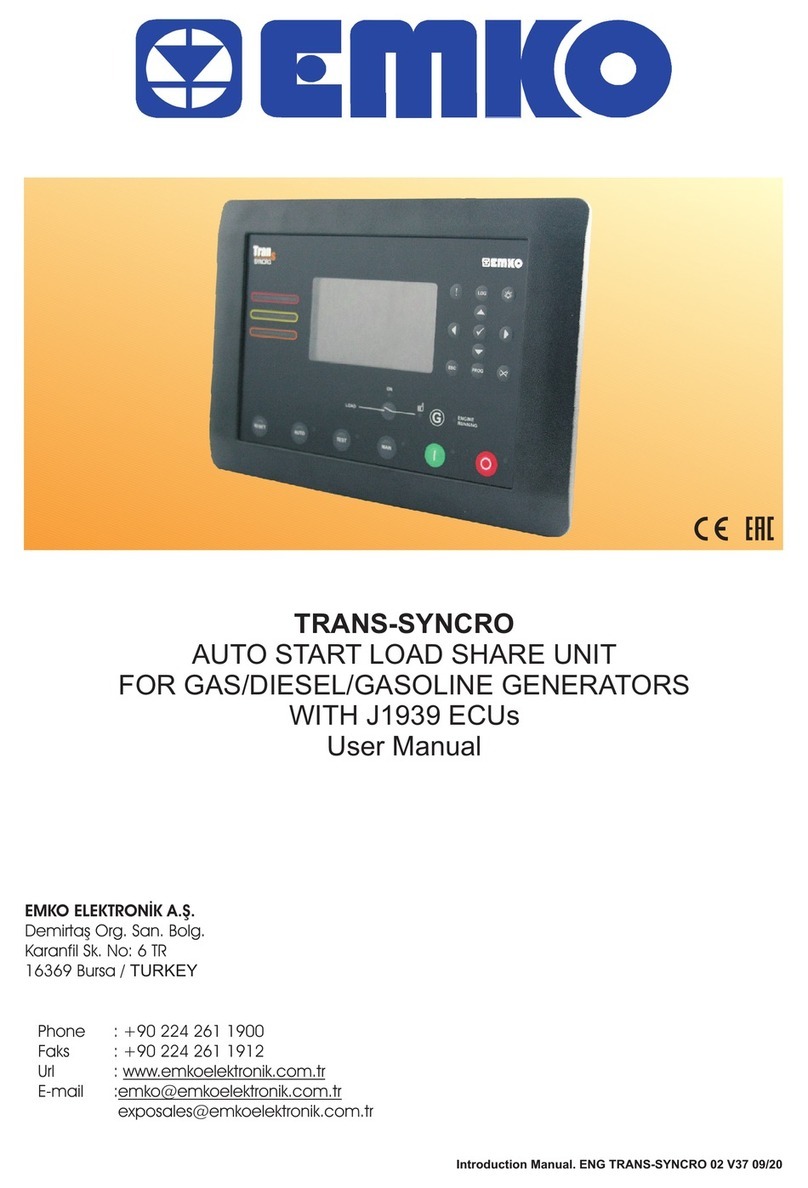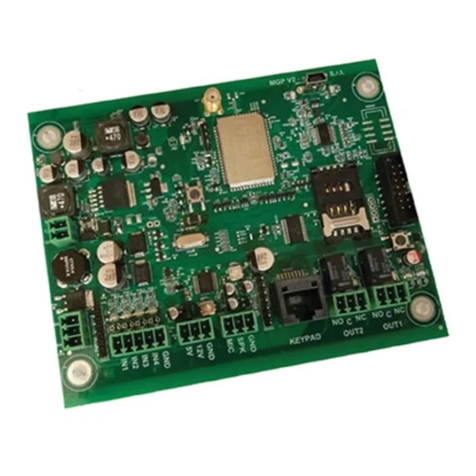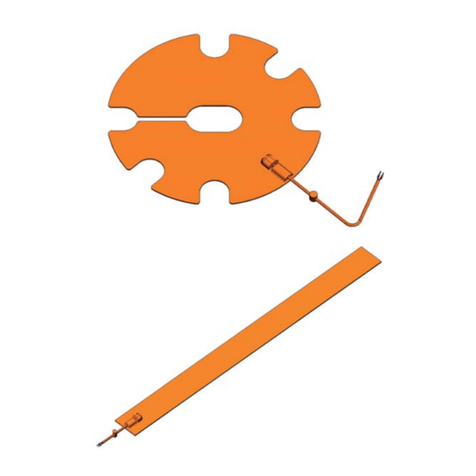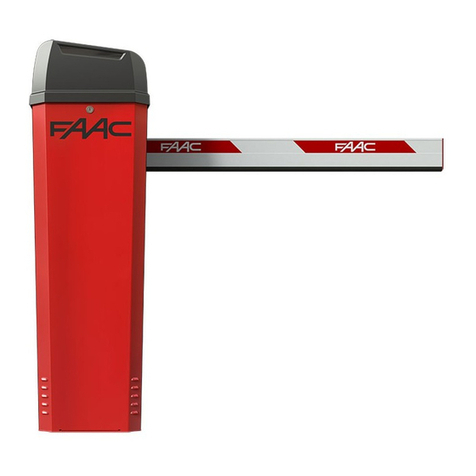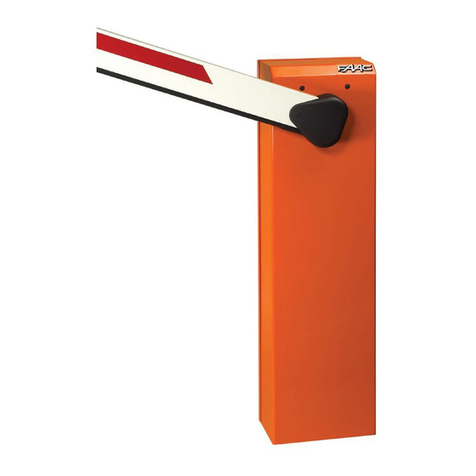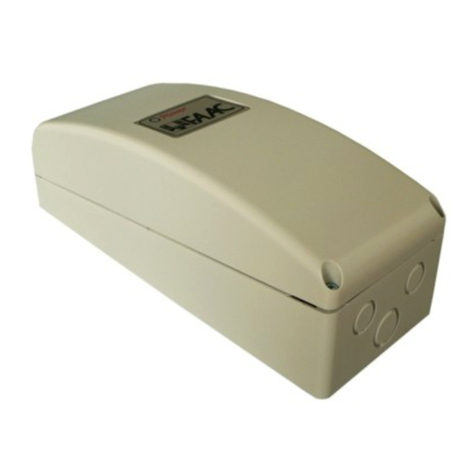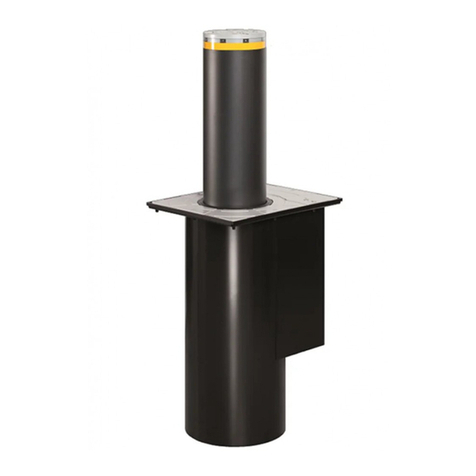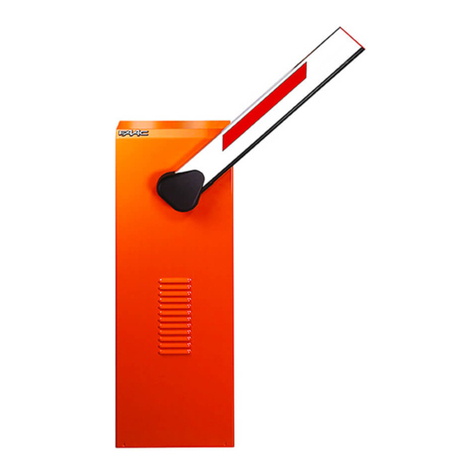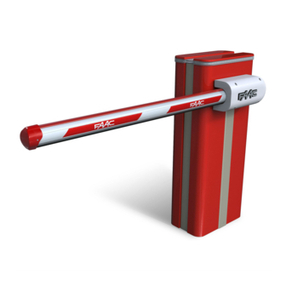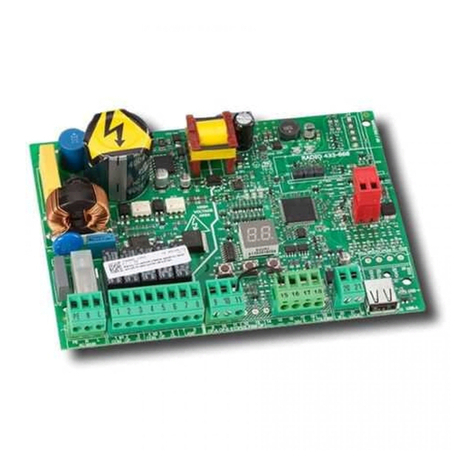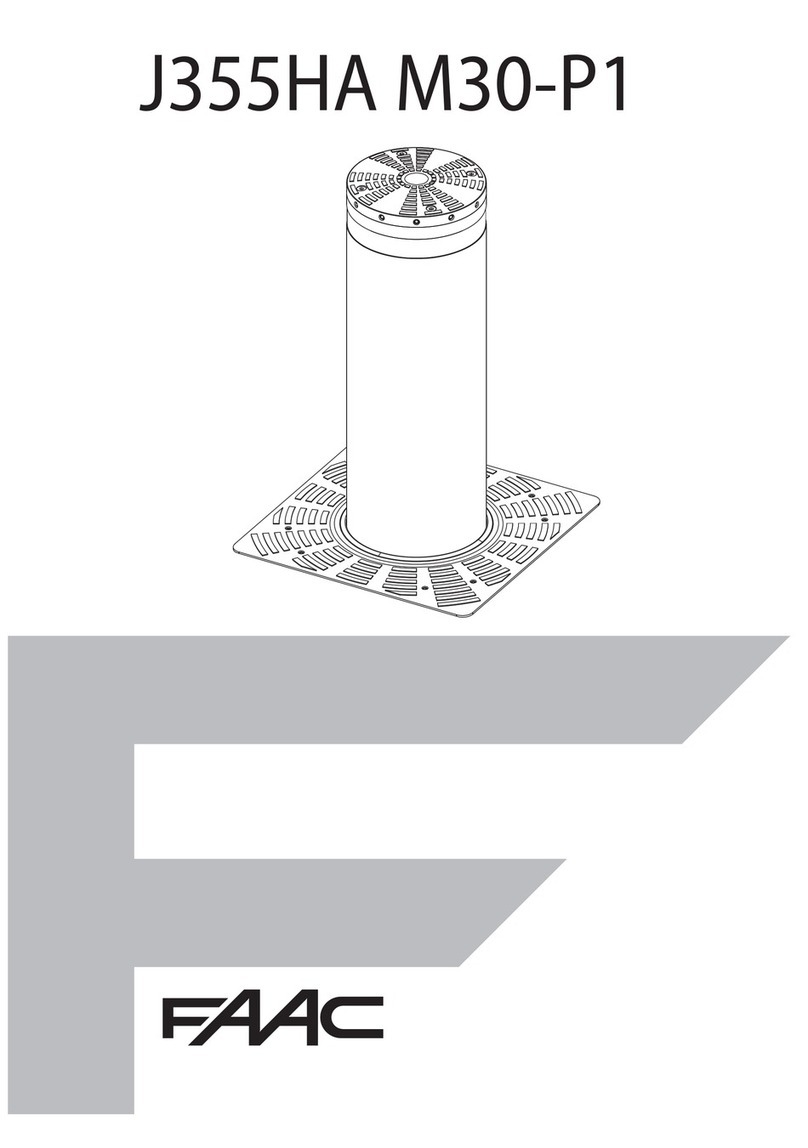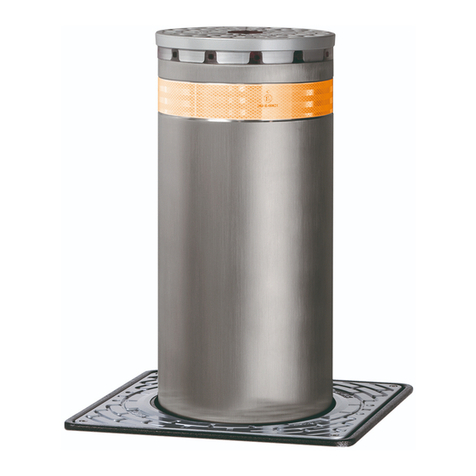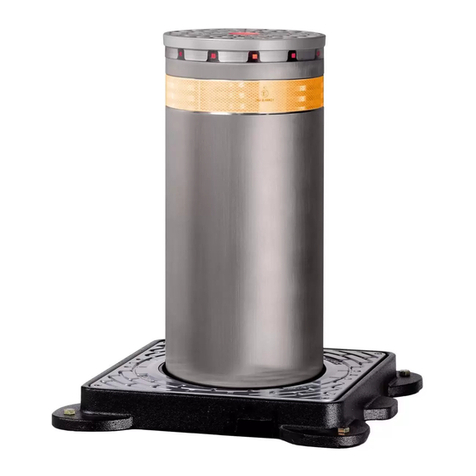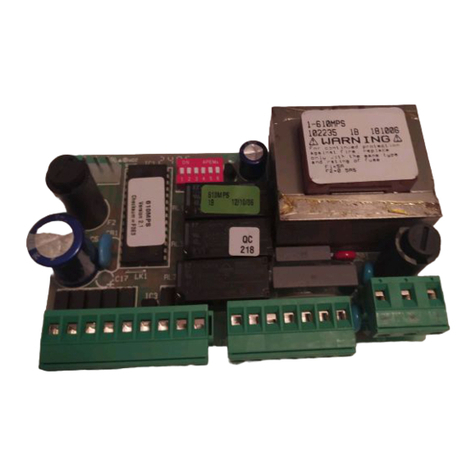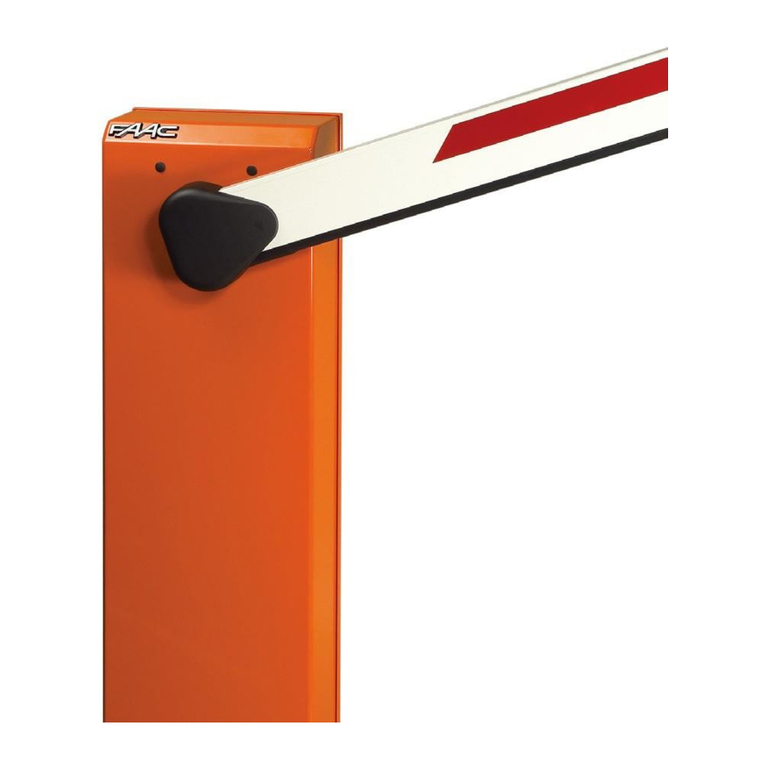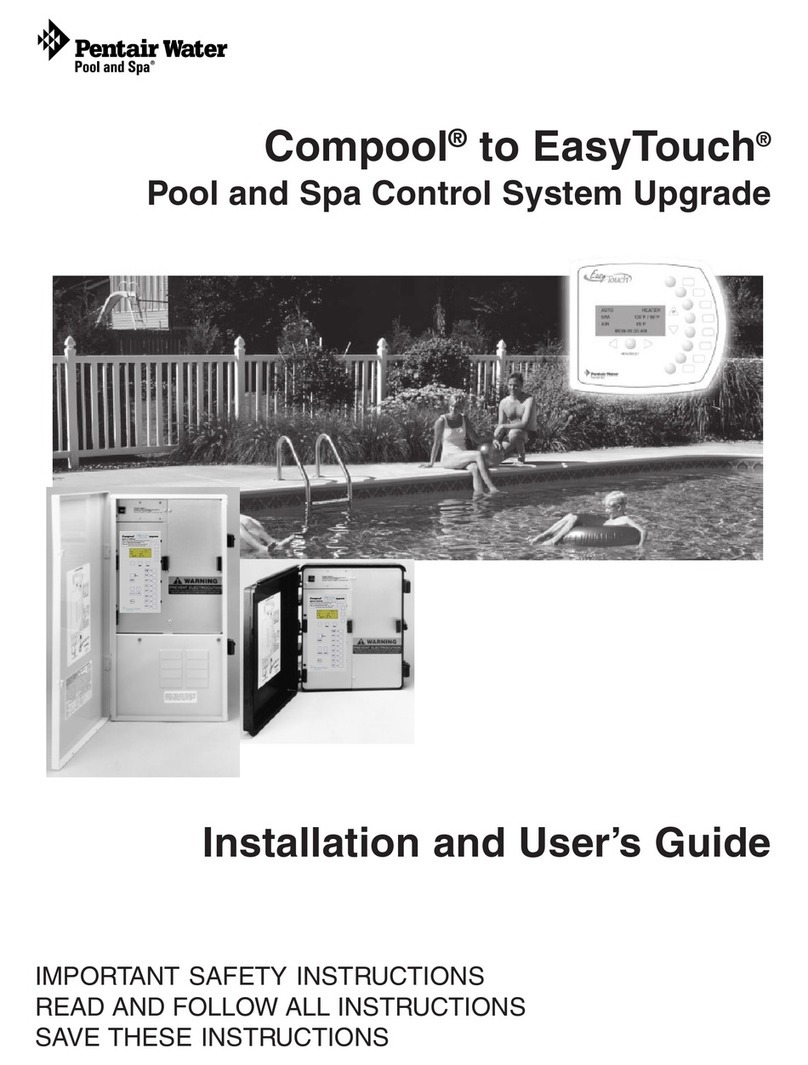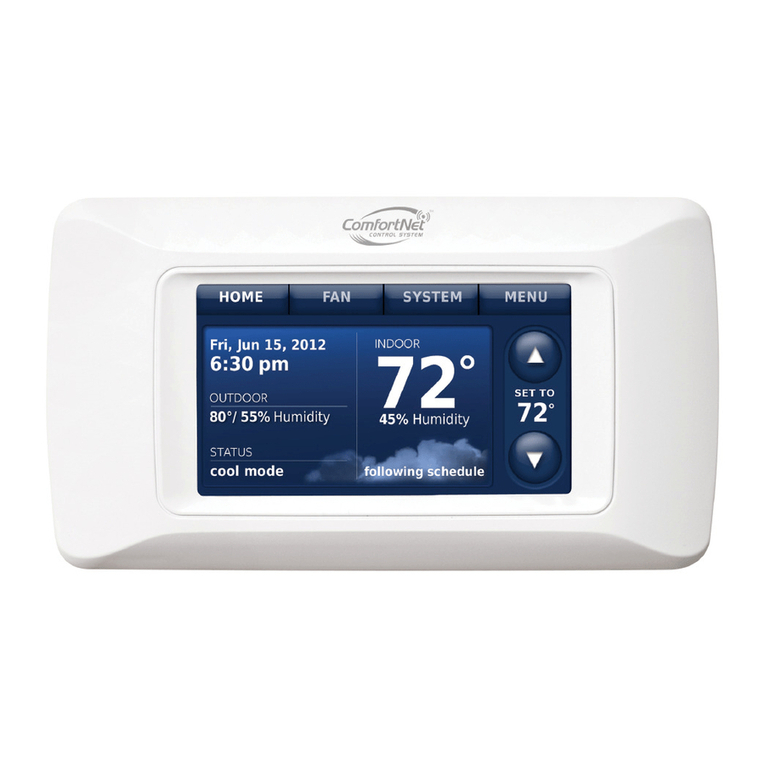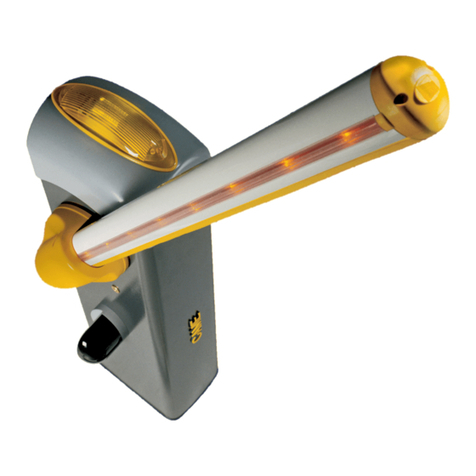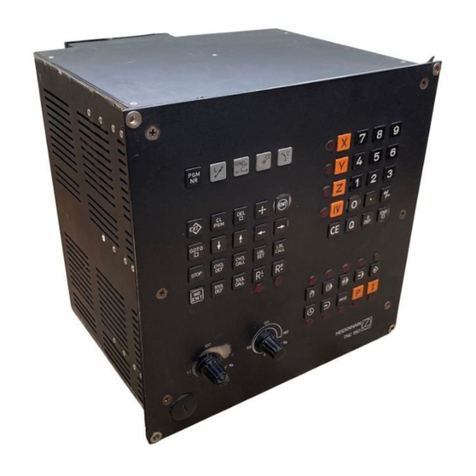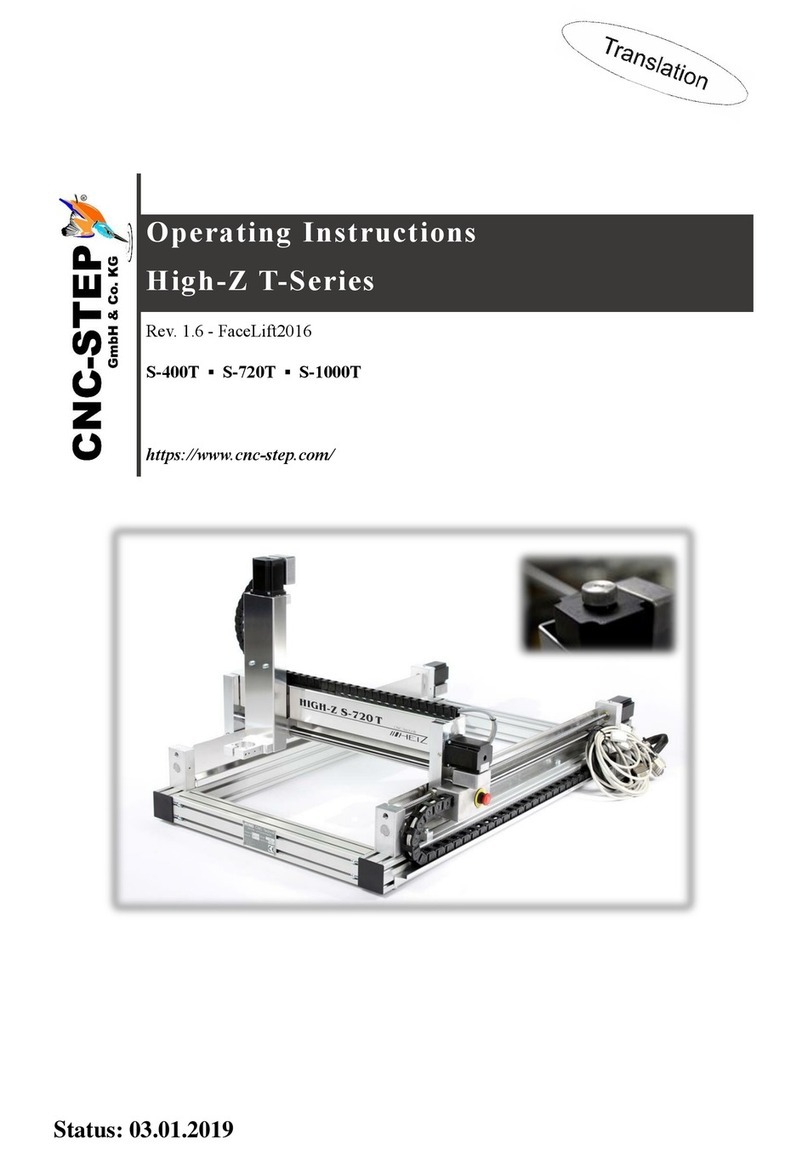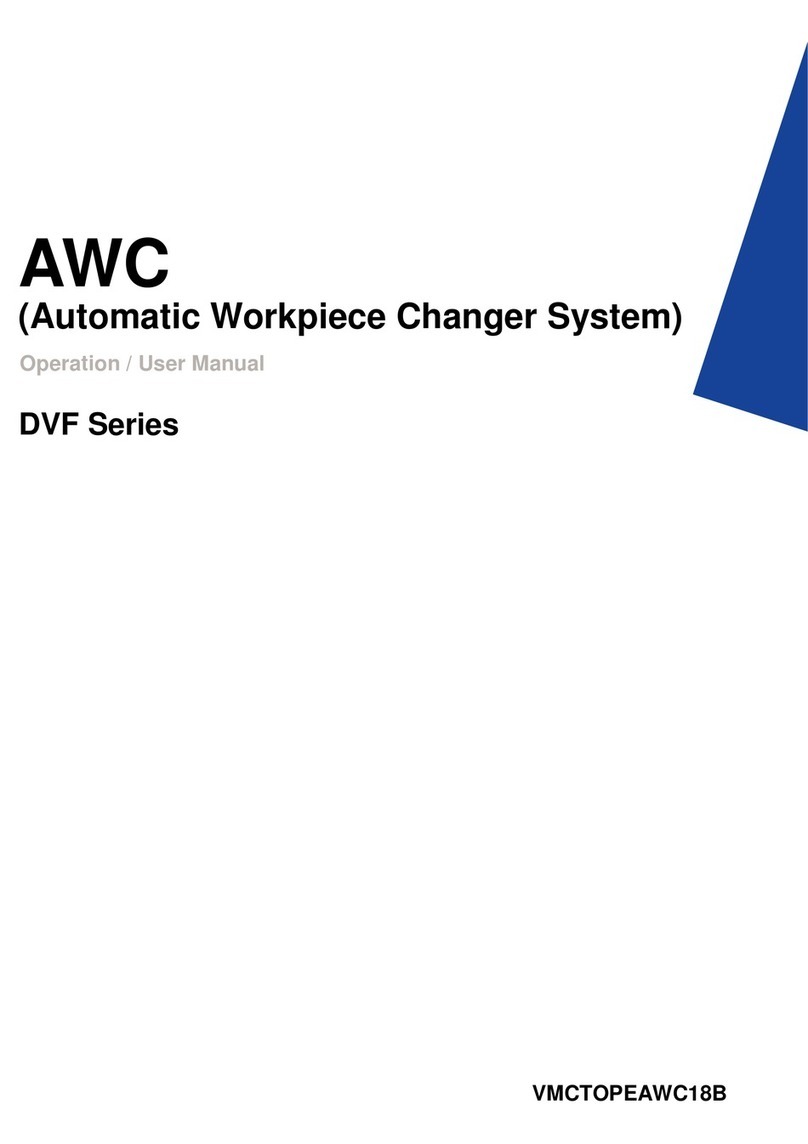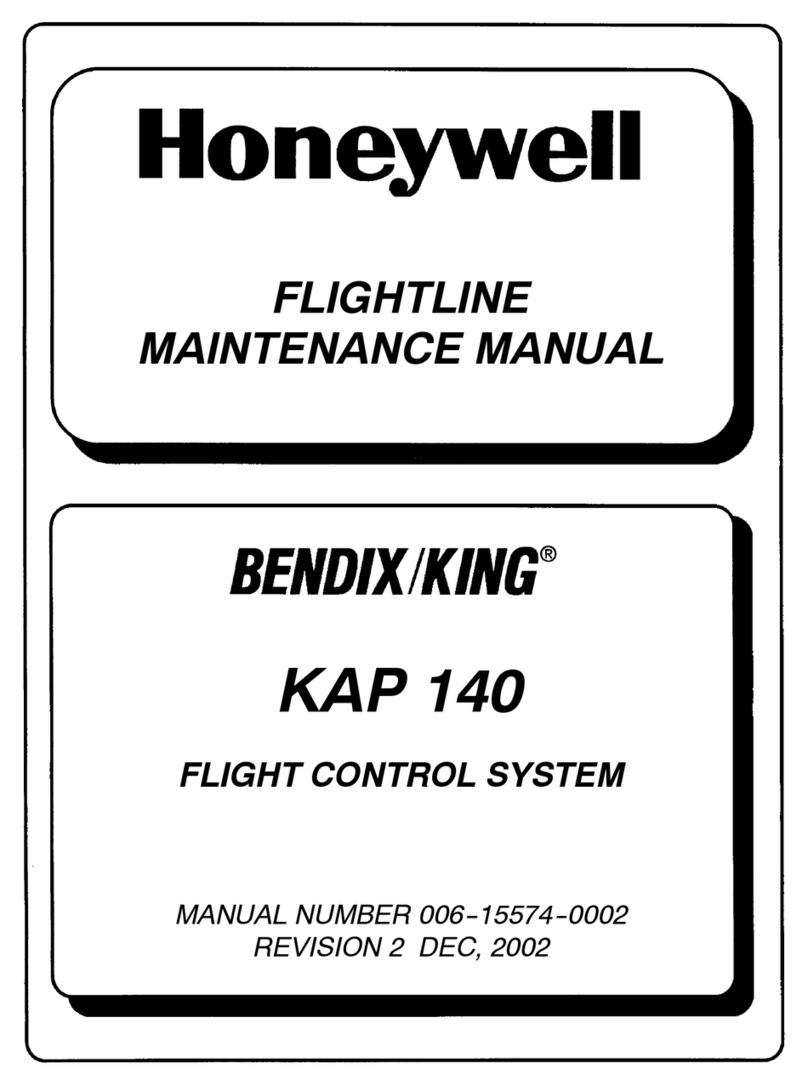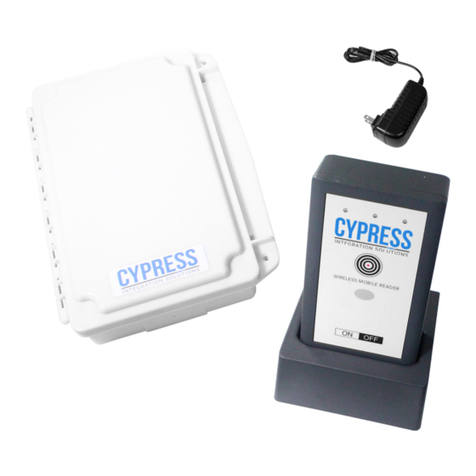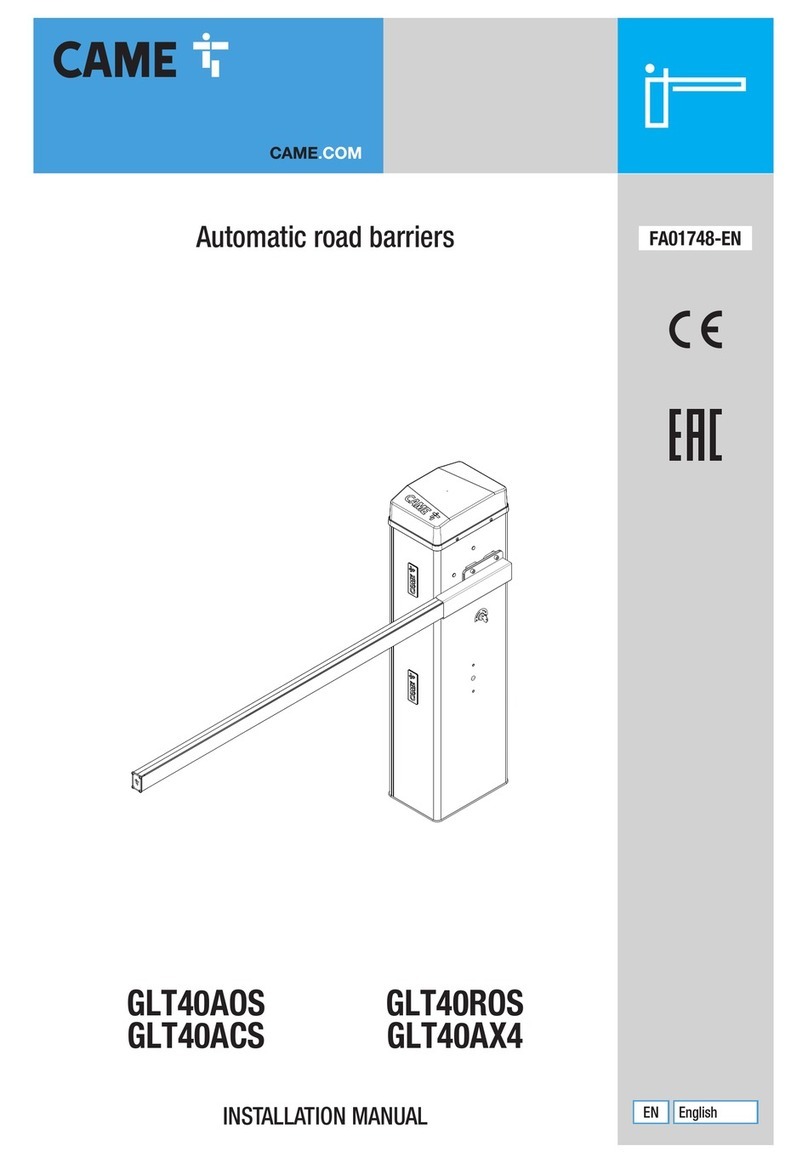
B614 2 732998 - Rev.A
Translation of the original instructions ENGLISH
CONTENTS
EU Declaration of conformity ........................... 1
Declaration of incorporation for partly completed machine-
ry ..................................................... 1
1. INTRODUCTION TO THIS INSTRUCTIONS MANUAL.... 4
1.1 Meaning of the symbols used ......................... 4
2. SAFETY RECOMMENDATIONS ......................... 6
2.1 Installer safety ....................................... 6
2.2 Transport and storage ................................ 7
2.3 Unpacking and handling.............................. 8
2.4 Disposal of the product ............................... 8
3. B614 .................................................. 9
3.1 Intended use......................................... 9
3.2 Limitations of use .................................... 9
3.3 Unauthorised use ................................... 10
3.4 Emergency use...................................... 10
3.5 Product identification................................ 11
3.6 Technical specifications .............................. 11
3.7 Manual operation ................................... 12
Release procedure .................................... 12
Operation restoration ................................. 12
3.8 Component identification ............................ 13
3.9 Installation components ............................. 14
3.10 Optional accessories................................ 14
4. INSTALLATION REQUIREMENTS...................... 15
4.1 Mechanical requirements ............................ 15
4.2 Electrical system .................................... 16
4.3 Example system..................................... 17
5. MECHANICAL INSTALLATION......................... 18
5.1 Tools required ....................................... 18
5.2 Installing the foundation plate ....................... 19
5.3 Installing the barrier body ........................... 20
Fixing the cables inside the barrier ..................... 21
5.4 Fitting the beam .................................... 22
Preparing the balancer ................................ 22
Rectangular beam .................................... 22
Round beam .......................................... 24
5.5 Fitting the spring.................................... 26
Turnbuckle ........................................... 26
Single spring.......................................... 27
Double spring......................................... 27
5.6 Accessories on the beam ............................. 28
5.7 Balancing the beam ................................. 28
5.8 Limit switch adjustment ............................. 29
5.9 Earthing the door ................................... 30
5.10 Closing the door ................................... 30
5.11 Closing the upper lid ............................... 31
6. ELECTRONIC INSTALLATION.......................... 32
6.1 Board E614 ......................................... 32
Components ......................................... 32
6.2 Connections ........................................ 34
Control devices ....................................... 34
External loops ........................................ 35
Bus devices ........................................... 35
OUT outputs .......................................... 35
24 V "flashing light ................................. 35
Motor ................................................ 35
Encoder .............................................. 35
Beam lights........................................... 36
Integrated flashing light............................... 36
XBAT 24 battery ...................................... 36
XF radio module ...................................... 36
Mains supply and earthing............................. 36
7. STARTUP ............................................ 37
7.1 Programming ....................................... 37
Basic programming ................................... 37
Advanced programming .............................. 38
7.2 Operating logics..................................... 41
EP - Semi-automatic step by step ..................... 41
A- Automatic......................................... 41
AP - Automatic step-by-step .......................... 41
b- Semi-automatic b ................................. 41
bC- Semiautomatic bon opening/ person present Con
closure ............................................... 41
C- Dead-man ........................................ 41
P- Car park........................................... 41
7.3 SET-UP ............................................. 42
8. PUTTING INTO SERVICE .............................. 43
8.1 Final checks......................................... 43
8.2 Final operations ..................................... 43
9. ACCESSORIES......................................... 44
9.1 24V
"flashing light ................................ 44
9.2 XBAT 24 emergency battery ......................... 44
9.3 XF radio module..................................... 45
SLH/SLH LR - Memorising the first radio control......... 45
SLH/SLH LR - Memorising other radio controls .......... 45
LC/RC - Memorising the first radio control .............. 45
LC/RC - Remote code memorisation procedure ......... 46
DS - Memorising radio controls ........................ 46
